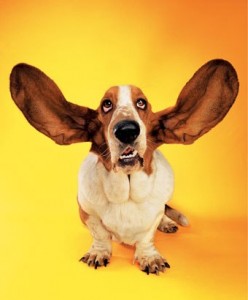The boss calls and says “let’s have an event!” So you gather the team and the first wave of brainstorming is done, the reasoning for and why for the event is established. Now it’s time for the design phase of the event, with all the possibilities out there, where to start and decide what works and doesn’t can be difficult. Here are a few of the first steps we use to get our clients started:
1. Feasibility
A good design plan will first investigate the feasibility of the ideas. An ice sculpture garden outside in July in Florida, not really a great plan and the idea would use up a lot of resources that aren’t specific to the main goal. The two approaches to maximize your ROI on a creative idea is either find the perfect place for it or find the perfect space and then design to it. Wikipedia states the concept of feasibility great: Feasibility studies aim to objectively and rationally uncover the strengths and weaknesses of the existing business or proposed venture, opportunities and threats as presented by the environment, the resources required to carry through, and ultimately the prospects for success.[1][2] In its simplest term, the two criteria to judge feasibility are cost required and value to be attained.
2. Have a clear understanding of what your organization and your guests are needing (and wanting) to be accomplished at the event before you design
If the main goal is networking, hiring a loud dance band should be out of the question, conversations become strained and then everyone is standing in the foyer. If its awards, don’t use centerpieces more than 14 inches high through the middle of room it will obstruct site lines. You must think holistically from the guest perceptive and the end goal. Taking time to identify what the guests should “walk away with” will help you strategically pick from all the event bells and whistles that are available.
3. Know the audience
The main point here is to design to the attendees likes not your own personal taste – ever. If you are hip young planner and the audience is 50 to 60 year old auditors, my guess is a Lady Gaga concert and tattoo stations might not be their first choice in entertainment preferences, but raffling off a Harley might.
4. Listen with eyes wide open
Never underestimate the power of a site inspections with the core team of suppliers. The things trained professionals “see” might be something you didn’t even consider. A recent example of this was we were hired to create a compelling “photo gallery” exhibit with over 125 large pieces, however the space had already booked based on its “cool look”, turns out the space only had two 20 amp circuits, yikes, a typically lighting plan for this type of event would require well over that, but we were able to identify the problem and have a very workable solution in plenty of time before the event.
5. Ask a lot of the right questions!
From a venue perspective; they desperately want to rent their space to you, giving a deal of a lifetime, however they aren’t going to tell you the typical challenges like “oh we get complaints that this room is too hot all the time”, or “the parking at this location is expensive or non-existent”, or a favorite “oh by the way group in the space next to yours is the college extreme drinking games, they will be loud and partying 24/7”.
A realistic approach to event design in no way needs to be boring, but with so many great options and creative ideas out there it’s a good practice to be grounded in the basics and then the sky’s the limit!
What Rules or advice do you have in your event design arsenal that have worked or even have failed miserably? We want to hear them! DISH!



